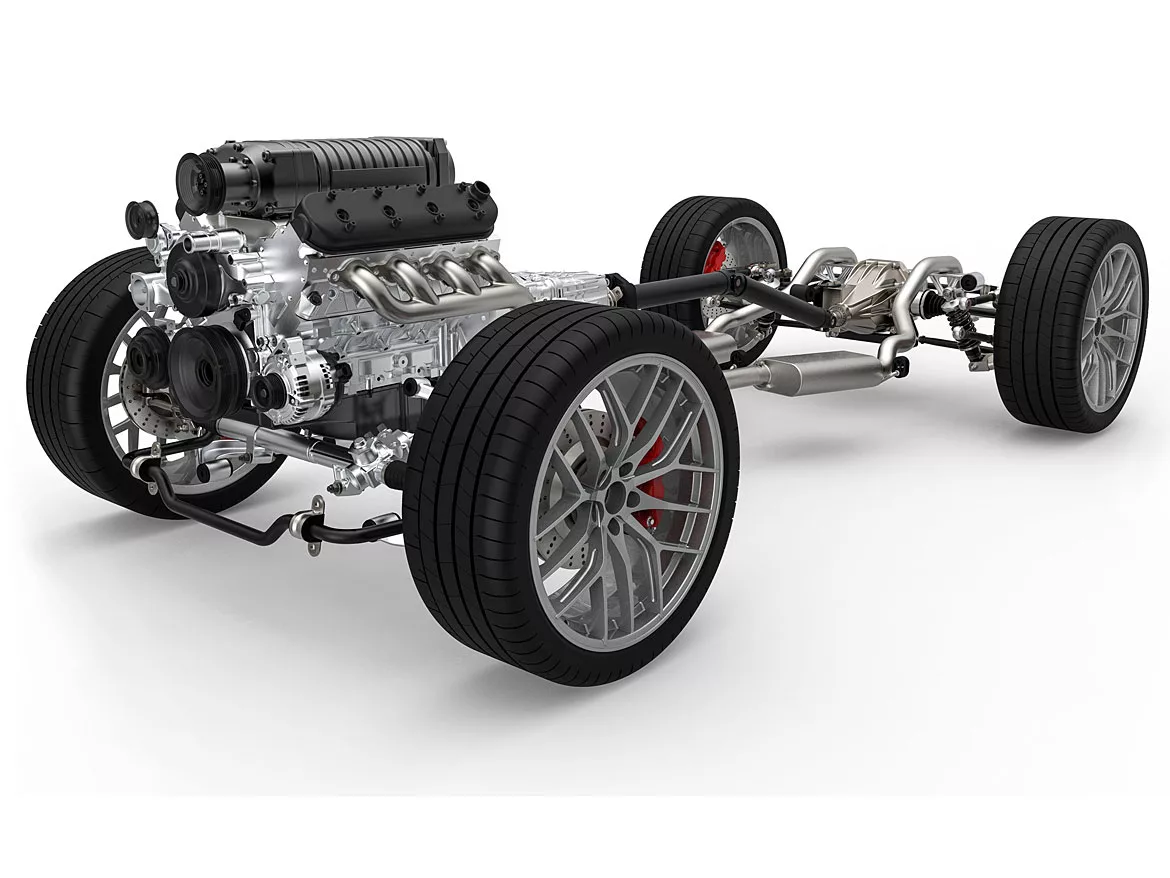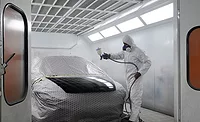Trends in Automotive Underbody Coatings

Photo: Florin Patrunjel, iStock / Getty Images Plus, via Getty Images
Fortech Products Inc. ranks #24 in this year’s PCI 25. PCI met John Roediger, VP Sales at Fortech, at the American Coatings Show, and discussed some of the latest trends and challenges in the underbody coatings industry.
PCI: What are the driving factors for the adoption of waterborne coatings in the automotive underbody industry?
Roediger: The primary driving factor in the market to waterborne coating adoption is related to VOC emission regulations, relating to their contribution to the formation of ground-level ozone and personal health risk potential. While the VOC regulations started this, many other factors have accelerated the movement away from solvent-containing coatings, such as risks of storing, handling and transporting. With waterborne coatings, people are not exposed to hazardous solvents. Also, there is much less risk (and associated cost) of storage, handling and transportation. Easy cleanup and little to no solvent waste are other benefits of working with waterborne coatings.
PCI: What are the tech trends in the automotive underbody industry?
Roediger: Consumer market expectations and stricter regulations are driving the coating technology trends. Higher performance characteristics, lower cost, faster application and less volume applied are always on the top of the list of customers’ expectations. Because of that, technology is continuously moving toward lower VOCs, low film thickness and faster-drying coatings. In today’s market, DTM (direct to metal), single layer, ambient cure and one-component is the most favorable coating. In recent years, sustainability as another environmental concern is increasingly becoming popular. More and more customers have started considering sustainability as a requirement.
PCI: What are the key challenges facing the industry you serve?
Roediger: Aside from sustainability initiatives and increased performance/aesthetic demands, the auto industry movement to battery electric vehicles (BEV) poses the largest challenge. The underbody is enduring a radical shift in design, components and performance requirements, with many unknowns and theories today as compared to the standard of years past with internal combustion engines (ICE). The partial to full elimination of the powertrain, drive shaft and axle reduces coating demands, while the introduction of electric motors, battery cases and sound-deadening panels leads to additional opportunities. The OEMs and their partners are taking various approaches to these new designs, so its critical to work closely with them as they reshape the future by coating new components, new substrates and with new application methods. It is an exciting time having an active role in this shift as we see challenges become opportunities.
PCI: What is the raw material situation for your industry? How do you manage supply shortage?
Roediger: Raw material shortages, allocations and force majeures throughout the supply chain have become the new normal in our industry. These daily issues have forced Fortech Products to streamline our vendor base and work with companies that are willing to create strategic partnerships. Working together with these partners has allowed us to overcome limited supply, domestic and overseas transportation and logistics issues, along with additional constraints such as longer lead times on raw materials. These problems have allowed us to become more flexible and adjust our tactics to keep our manufacturing lines running and finished goods shipping to our customers on a daily basis. Prior to the pandemic, Fortech also utilized the strong partnerships with our suppliers to implement consignment programs to ensure we would have an inventory buffer on key raw materials.
If you would like to learn more about Fortech Products formulations, contact them here: https://www.fortechproducts.com/contact/.
Looking for a reprint of this article?
From high-res PDFs to custom plaques, order your copy today!





.webp?height=200&t=1741286817&width=200)

